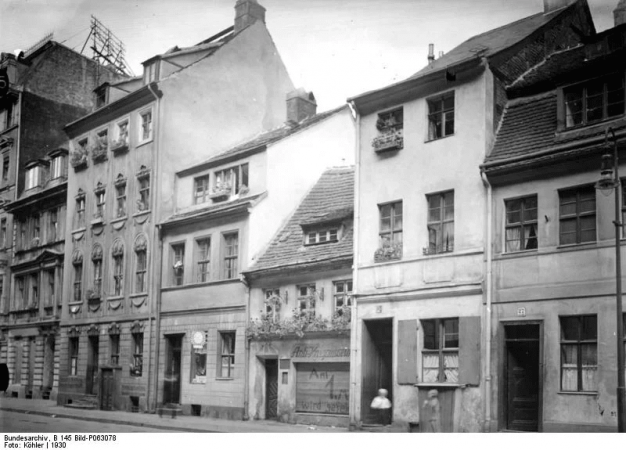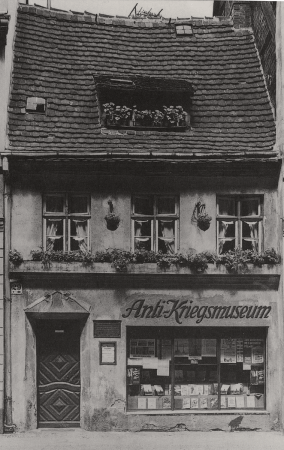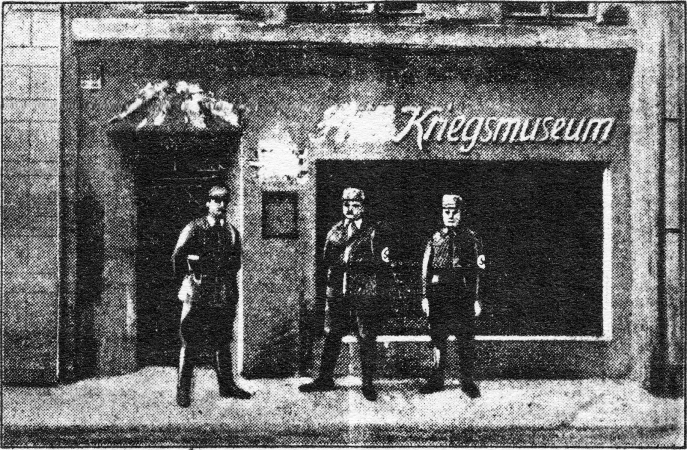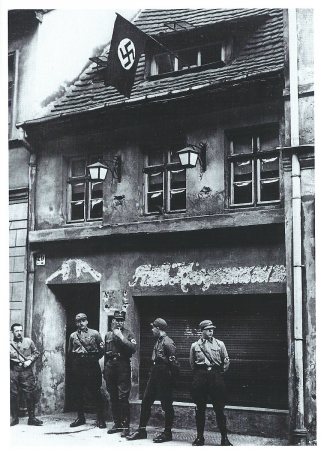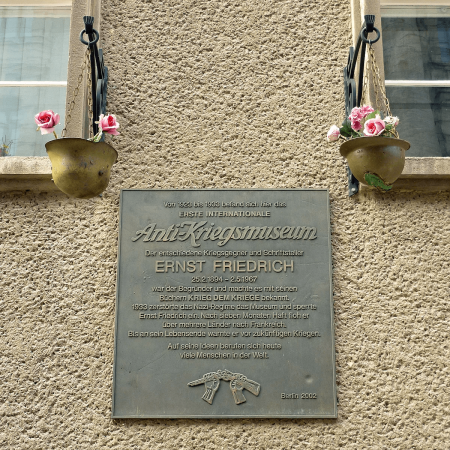About us
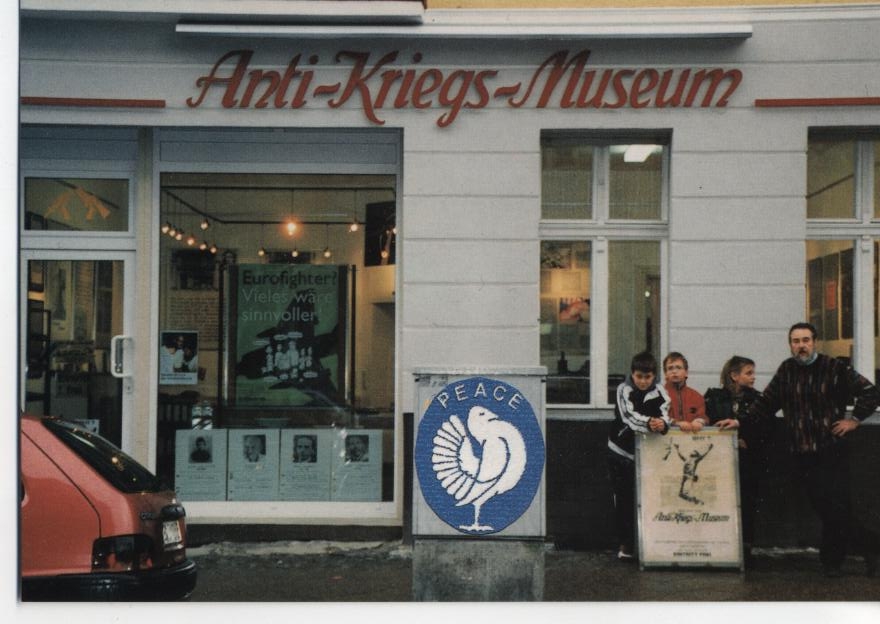
The first Anti-War Museum
The world’s first Anti-War Museum was founded in Berlin in 1925 by the pacifist and writer Ernst Friedrich. The forerunner of the museum was Friedrich’s photo-documentary in 4 languages “Krieg dem Kriege” (War to War).
It’s photographs showed the horrors of the First World War. This happened for the first time in Europe and has received a circulation of about half a million copies through constant reprinting.
The museum today
The Anti-War Museum was reopened in 1982, 15 years after the death of its founder Ernst Friedrichs. Ernst Friedrich’s grandson Tommy Spree and a committed group of volunteers have been looking after the visitors and the museum’s needs ever since. Today, it is recognised as a non-profit organisation and is largely financed by donations.
Musuem concept
The volunteer staff are supporters of this peace idea and want to design exhibitions with pupils, students, artists and politicians that strengthen reason, tolerance and the willingness to reconcile, with the goal of a future world peace, and make it irreversible!
We are a group of peace activists from different nations, different world views and religions who are committed to pacifism but independent of political parties. We have set ourselves the goal of supporting the idea of international understanding, of self-determined and peaceful coexistence of all peoples.
Our museum wants to be a documentation site on war events and on peace work and wants to campaign for détente and disarmament throughout the world by democratic and non-violent means.
In doing so, we want to support other groups and initiatives that have peace among nations as their goal and endorse the principles and actions of the Anti-War Museum.
The anti-war museum sees itself as a place where people of all ages and all nations engage in dialogue and debate. Respect for each other and depicting controversies are the focus.
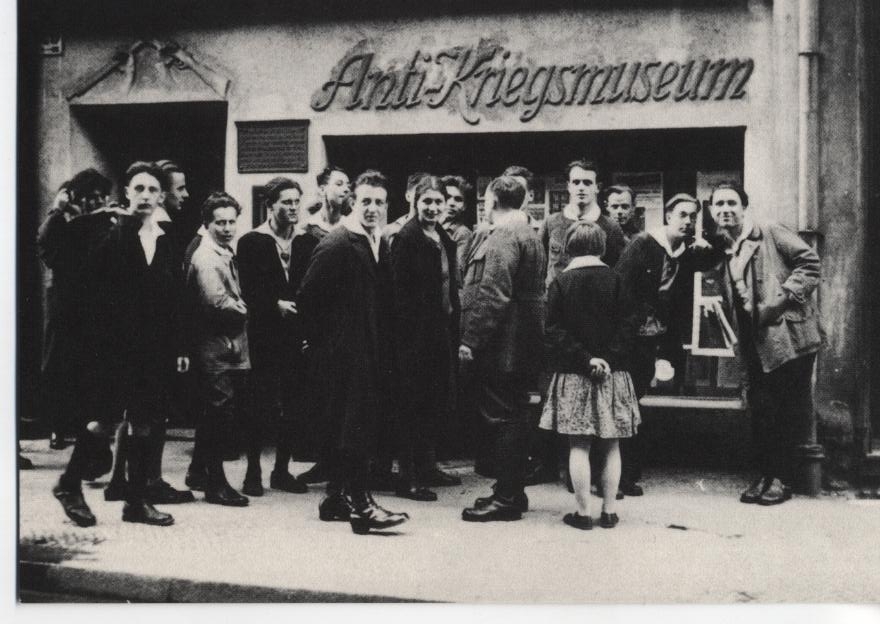
Ernst Friedrich and his museum
The writer and pacifist Ernst Friedrich founded the world’s first resolutely Anti-War Museum in Berlin in 1925. His book “Krieg dem Kriege” (War toWar), published in 1924 as a photo documentary, was the most widely distributed pacifist work in Europe at the time and, with its chilling images of World War I, served as the foundation for the Berlin Anti-War Museum.
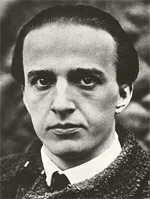
This museum, which primarily opposed the glorification of war, was intended to serve young people. Here, the reality of war was to gain the highest possible sensual form. The visitor should be affected and experience the “consistent idea of peace” up to a united Europe in peace and freedom. Friedrich thus made an important contribution to a political museum of the present and to political education in general.
In March 1933 – after countless lawsuits against Friedrich’s pacifist work – the Anti-War Museum was stormed by the SA (Sturm-Abteilung of the Nazis) and turned into a notorious torture chamber. Friedrich and his family had to flee Germany.
